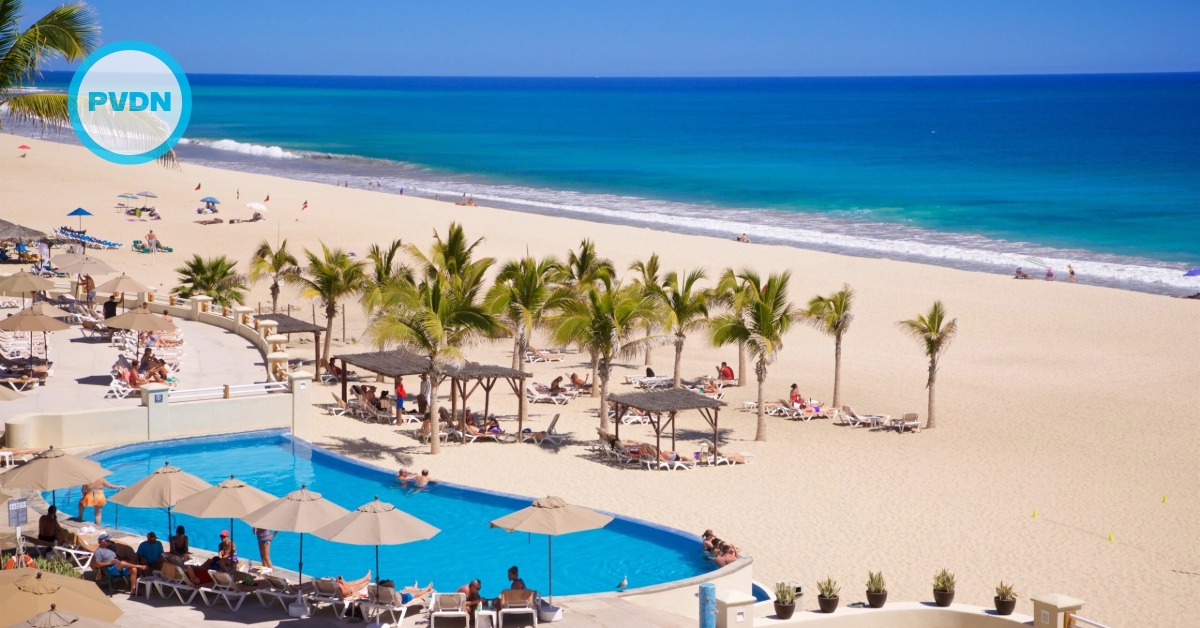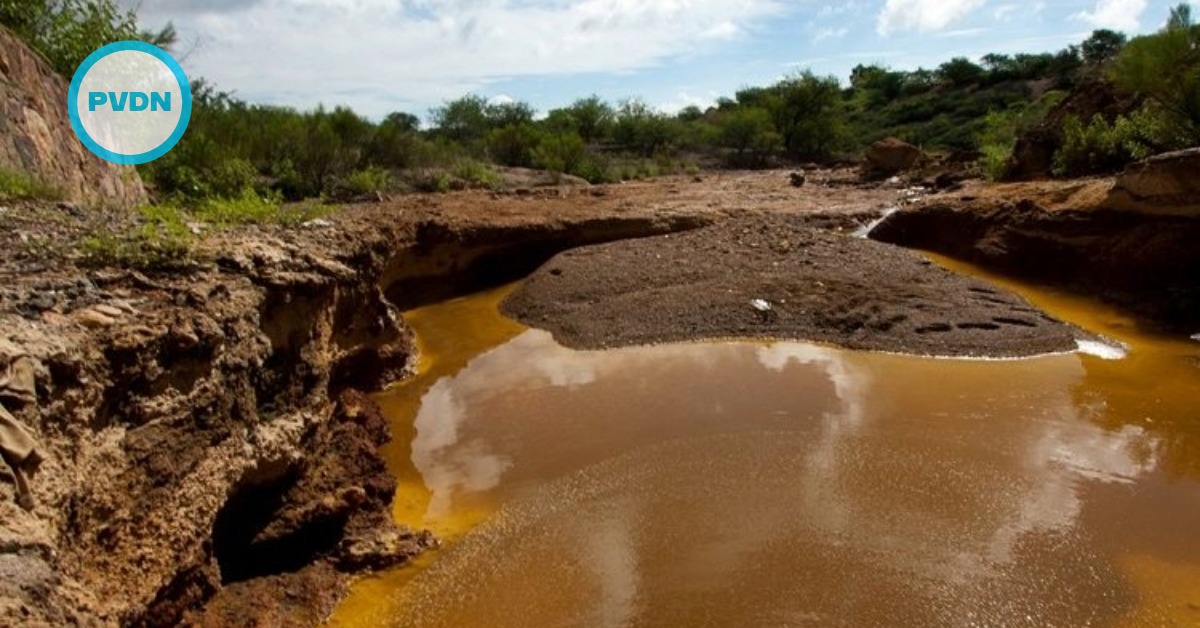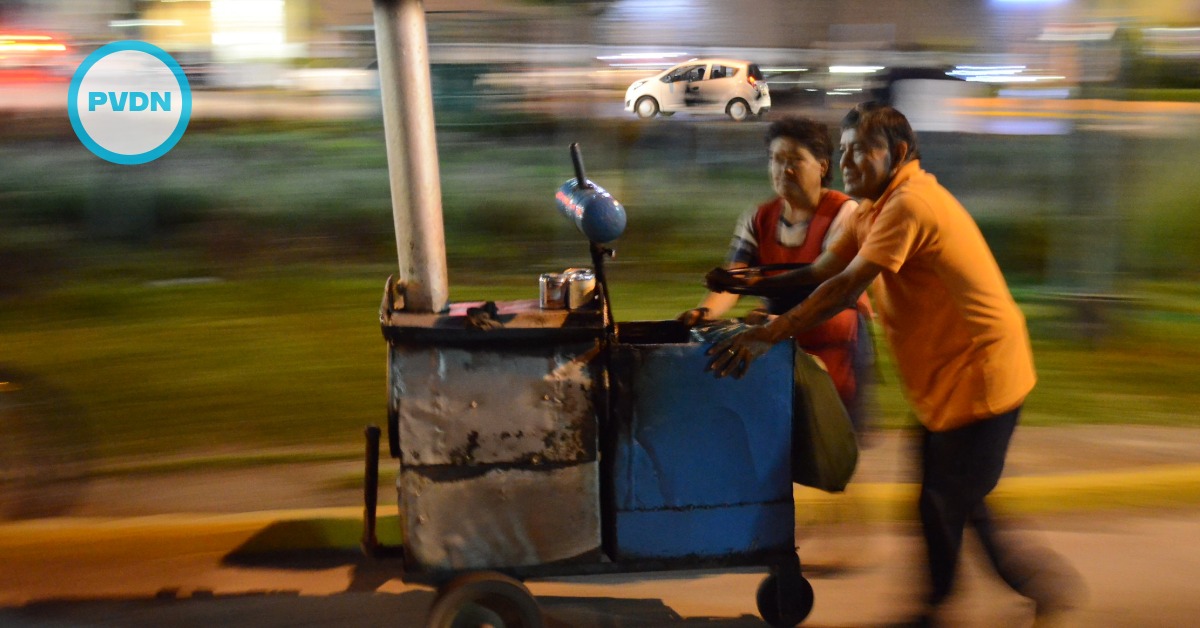The harmful algal bloom known as red tide has afflicted Puerto Vallarta and Banderas Bay since the end of February, causing the death of fish and representing a risk to public health.
Their presence has been monitored by the members of the Department of Biological Sciences of the University Center of the Coast of the University of Guadalajara who, in each sample taken, have found more and more presence of these organisms.
“So far in the year 2022, we have been working and monitoring here in the bay, we observed this red tide from the . . .






